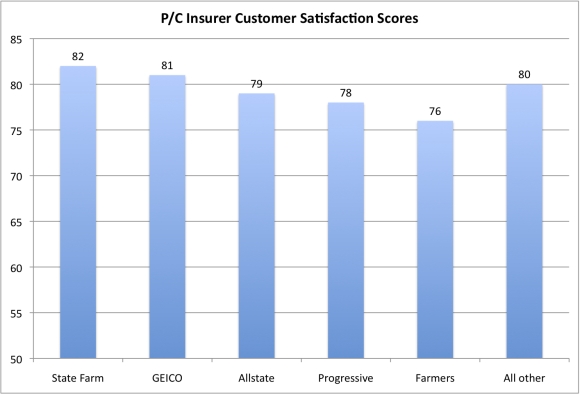Appointed actuaries in India are getting younger. (As in most countries, an Indian insurer must appoint an actuary to certify the adequacy of loss reserves.) IANS news service:
‘Earlier, Indian actuaries in the age bracket of around 45 years were hired to head the offices,’ said G.L.N. Sarma, the managing director of Hannover Re Consulting Services India, speaking about these experts who assess the financial impact of future events.
‘But in the recent times the age of recruits for the top post has come down to around 35 years,’ Sarma, who in 2007 was himself named actuary at Bharti Axa Life Insurance at the age of 36, told IANS.
Salaries for actuaries in India are typically between 5M and 7M rupees, which translates to about $125,000.


